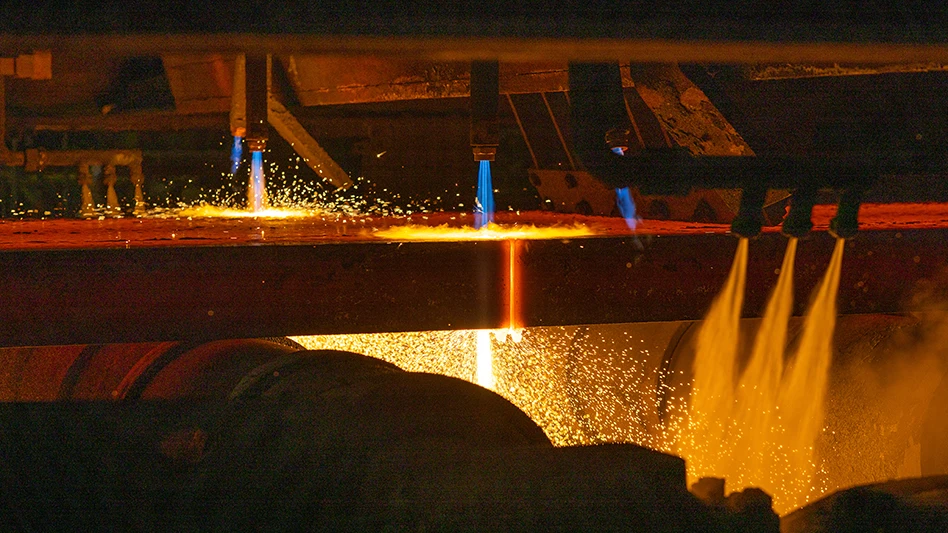
Photo courtesy of SSAB
The European Union’s implementation of a carbon border adjustment mechanism (CBAM) to reduce the risk of carbon leakage as it strengthens its Emission Trading System (ETS) is likely to force global metals producers to accelerate efforts to cut their carbon footprints, according to an analysis from Netherlands-based bank ING.
The CBAM is set to complement the EU’s ETS as a method to help the region reach its “Fit for 55” target of reducing carbon emissions by 55 percent by 2030 compared with 1990 levels (and eventually achieving net zero by 2050).
As part of a recent CBAM agreement, goods imported into the EU will face a levy at the border based on their emissions footprint. This aspect of the CBAM will be phased in from 2026 until 2034, and six types of goods (cement, iron and steel, aluminum, fertilizer, electricity and hydrogen) will be targeted initially.
Norway and Iceland were the largest and third-largest suppliers of aluminum to the EU in 2022 respectively. Since the two countries will not be subject to CBAM, aluminum flows are likely to remain largely unaffected. As well, Norsk Hydro, Norway’s largest producer, benefits from its use of hydropower and is making ongoing efforts to boost its recycled content.
However, other major aluminum suppliers to the EU include Russia, Turkey, China, the United Arab Emirates and India. "Of these five suppliers, India and China have the highest emission intensity by some distance," ING says.
Although scrap-consuming producers of aluminum are in India, it also is home to a coal-fired energy-intensive primary aluminum sector. “Emission intensity from Indian aluminum producers is not only the highest among suppliers to the EU, but the highest globally,” ING says.
Because of this, the bank says the additional cost per ton of Indian aluminum going into the EU after CBAM is initiated could be significant (40 percent or more) and, “without robust decarbonization efforts, it is difficult not to see these flows being impacted.”
In the steel sector, ING points to scrap-fed electric arc furnace (EAF) steelmaking as a critical difference for countries that will continue to access the EU market after CMBA is initiated.
“Direct emissions from the [blast furnace]/basic oxygen furnace (BOF)] process are significantly higher than that seen from electric arc furnaces, which use scrap as feedstock,” ING says. “Global emission intensity via the BOF process, which makes up around 71 percent of global production, averages 2.23 metric tons of CO2 per metric ton of crude steel output, whilst emission intensity via the EAF route (29 percent of global output) averages 0.67.”
ING says Turkey is the second-largest steel supplier to the EU and adds that the nation should manage with CBAM since it “has a large amount of EAF capacity, meaning that emission intensity is well-below the global average as well as the EU average.”
Russia sits right around the global average, ING says, with its more immediate concern being sanctions on its producers.
China, meanwhile, has work ahead to stay competitive in the EU steel market. ING says the emissions intensity of its production is the third-highest among the largest suppliers to the EU.
The bank, however, says more EAF production and more recycling can help China’s producers overcome the CBAM tax hurdle. “With China’s scrap ratio still well below the global average, there is the potential to increase this further in the years ahead, which would drive emission intensity lower,” ING says.
The full ING analysis of the EU CBAM can be found here.